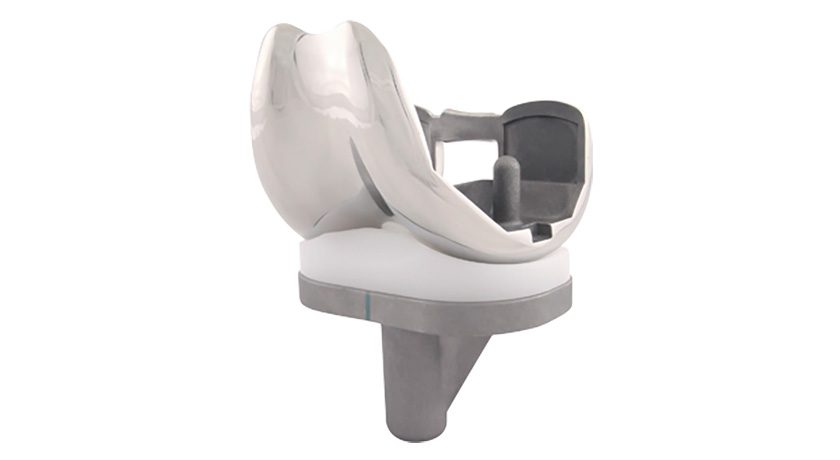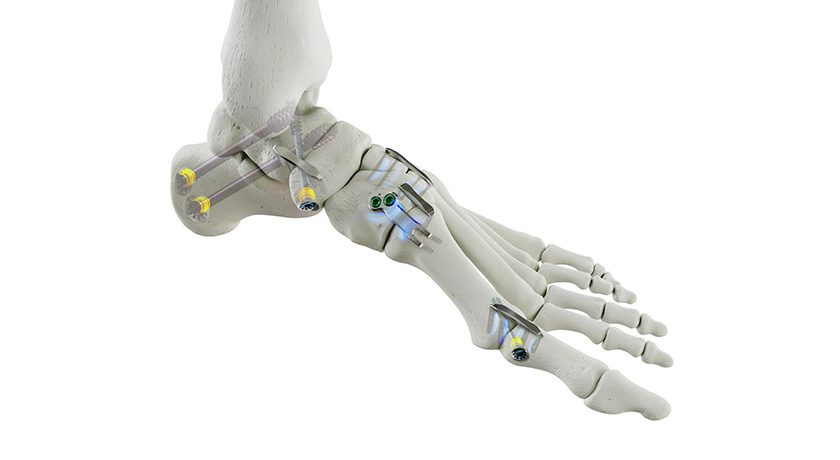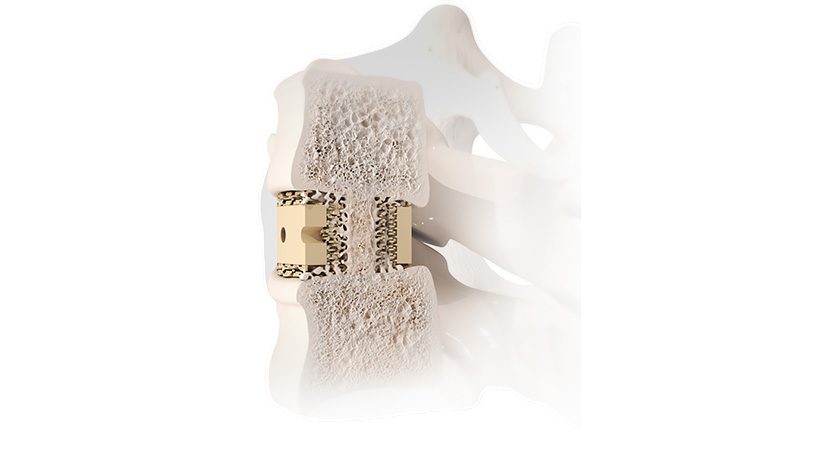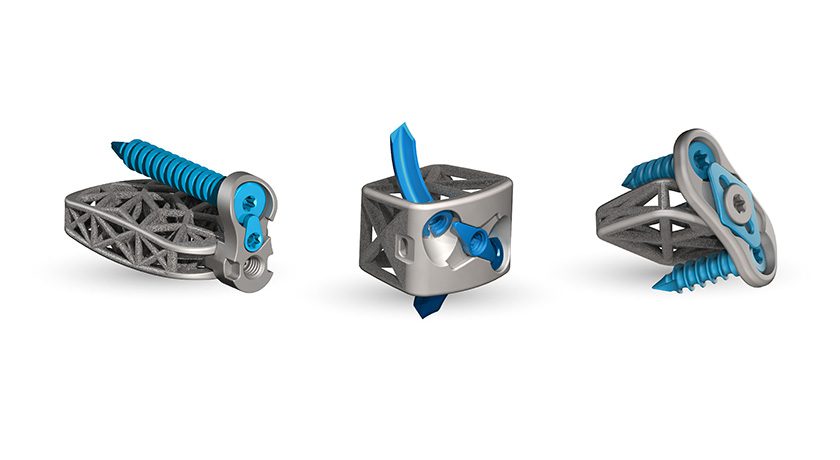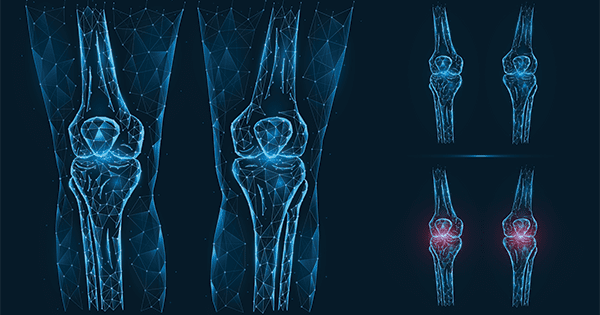

 Copy to clipboard
Copy to clipboard 
Conformis announced results of a published study that investigated the characteristic shapes of knees to see if typical patient identifiers such as gender, body type or ethnicity influence the shape of the knee joint. The study, published in The Knee, found that knee shape occurs independently from characteristics typically used to identify patients.
The study also found that identifiers, such as gender, body type and ethnicity, do not help surgeons determine which off-the-shelf replacement system or implant size will best fit each individual.
The absence of predictable shapes or morphotypes “makes it difficult to further reduce the bone to implant mismatch with off-the-shelf implants,” study authors noted. Trying to do so, they say, might require an excessive number of sizes of standardized implants that provides significant logistical challenges for facilities. An alternative, they conclude, is the use of customized implants using “patient-specific implant design.”
The authors conducted their analysis using a data set of computed tomography images from more than 1,000 pathological knees provided by Conformis, which shared in the funding for this study.
“This new research reinforces the importance of precisely matching the implant to the individual patient,” said Mark Augusti, Chief Executive Officer and President of Conformis. “This is only possible with a patient-specific implant system available through our Platinum Services Program, such as our fully personalized Identity knee system. This study further supports our long-held business case that fully personalized implants provide the best fit for patients, eliminate clinically-significant overhang, minimize post-operative pain, speed recovery time, and enhance flexibility and performance.”
Study authors concluded, “The data exhibited no morphotypes. This showed that there are no relevant identifiers, e.g., gender, body type, or ethnicity which influence the shape of the knee joint. Instead, knee shape is determined by the unique characteristics of each individual.”
Source: Conformis, Inc.
Conformis announced results of a published study that investigated the characteristic shapes of knees to see if typical patient identifiers such as gender, body type or ethnicity influence the shape of the knee joint. The study, published in The Knee, found that knee shape occurs independently from characteristics typically used to identify...
Conformis announced results of a published study that investigated the characteristic shapes of knees to see if typical patient identifiers such as gender, body type or ethnicity influence the shape of the knee joint. The study, published in The Knee, found that knee shape occurs independently from characteristics typically used to identify patients.
The study also found that identifiers, such as gender, body type and ethnicity, do not help surgeons determine which off-the-shelf replacement system or implant size will best fit each individual.
The absence of predictable shapes or morphotypes “makes it difficult to further reduce the bone to implant mismatch with off-the-shelf implants,” study authors noted. Trying to do so, they say, might require an excessive number of sizes of standardized implants that provides significant logistical challenges for facilities. An alternative, they conclude, is the use of customized implants using “patient-specific implant design.”
The authors conducted their analysis using a data set of computed tomography images from more than 1,000 pathological knees provided by Conformis, which shared in the funding for this study.
“This new research reinforces the importance of precisely matching the implant to the individual patient,” said Mark Augusti, Chief Executive Officer and President of Conformis. “This is only possible with a patient-specific implant system available through our Platinum Services Program, such as our fully personalized Identity knee system. This study further supports our long-held business case that fully personalized implants provide the best fit for patients, eliminate clinically-significant overhang, minimize post-operative pain, speed recovery time, and enhance flexibility and performance.”
Study authors concluded, “The data exhibited no morphotypes. This showed that there are no relevant identifiers, e.g., gender, body type, or ethnicity which influence the shape of the knee joint. Instead, knee shape is determined by the unique characteristics of each individual.”
Source: Conformis, Inc.

You are out of free articles for this month
Subscribe as a Guest for $0 and unlock a total of 5 articles per month.
You are out of five articles for this month
Subscribe as an Executive Member for access to unlimited articles, THE ORTHOPAEDIC INDUSTRY ANNUAL REPORT and more.
JV
Julie Vetalice is ORTHOWORLD's Editorial Assistant. She has covered the orthopedic industry for over 20 years, having joined the company in 1999.


